Understanding the Tech Behind mRNA Vaccines [A Look Inside]
Lipid nanoparticles (LNPs) are crucial for the successful delivery of mRNA vaccines. These tiny, spherical particles are composed of lipids, or fats, that form a protective shell around the mRNA molecule. The LNPs help shield the mRNA from the body's enzymes and facilitate its transport across cell membranes.
The unique structure of LNPs allows them to effectively deliver the mRNA payload into the cells, triggering the immune response. The formulation of these nanoparticles is a key aspect of mRNA vaccine development, impacting factors like stability, cellular uptake, and the overall effectiveness of the vaccine.
Immune Response Triggered by mRNA Vaccines
Once the mRNA enters the cells, it is translated into the targeted viral protein. This protein is then presented on the surface of the cells, triggering an immune response. The immune system recognizes this protein as foreign and mounts a defense, producing antibodies and activating specialized immune cells to eliminate the protein.
This response prepares the body to defend against the actual virus if encountered later. The immune system learns to recognize the specific virus, allowing for a faster and more effective response in the future.
Safety and Efficacy of mRNA Vaccines
mRNA vaccines have demonstrated remarkable safety and efficacy in clinical trials. A substantial body of evidence supports their ability to generate a robust immune response against various viruses. These vaccines offer a promising approach to combating infectious diseases, providing an efficient and potentially adaptable platform for future vaccine development.
The short-term effects associated with mRNA vaccination are generally mild and transient, primarily consisting of local reactions like soreness at the injection site, and sometimes, mild fever. Ongoing monitoring and research are vital to further assess the long-term effects and safety profile.
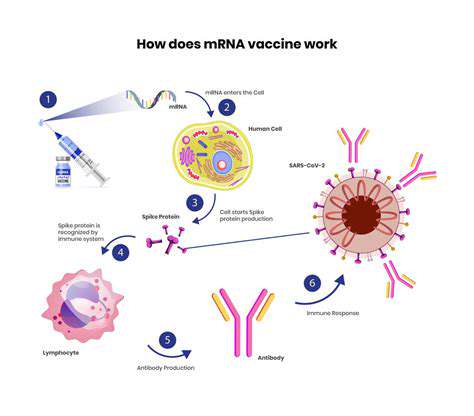
The Key Components of mRNA Vaccine Construction
mRNA Sequence Design
A crucial aspect of mRNA vaccine construction is the meticulous design of the mRNA sequence itself. This involves selecting the specific mRNA sequence that encodes the target antigen, the protein that the immune system will recognize and respond to. Careful consideration must be given to the stability and translation efficiency of the mRNA molecule. This means ensuring the sequence is resistant to degradation by cellular enzymes and that it can be effectively translated into the desired protein within the cells of the recipient. The process often involves computational modeling and analysis to optimize the mRNA sequence for these critical parameters, ensuring the vaccine's efficacy and safety.
Beyond simply encoding the target antigen, the sequence design also often incorporates elements for enhanced translation and stability. These could include specific sequences that act as ribosome binding sites, sequences that improve the mRNA's resistance to degradation in the host, or sequences to optimize the folding and presentation of the antigen to the immune system. The complexity of this process highlights the critical role of molecular biology and bioinformatics in vaccine development.
Lipid Nanoparticles for Delivery
Delivering the mRNA payload to the target cells within the body efficiently and safely is equally critical. Lipid nanoparticles (LNPs) are the primary delivery vehicles in mRNA vaccines. These tiny, self-assembling structures encapsulate the mRNA, shielding it from degradation in the bloodstream and facilitating its uptake by target cells. The composition and structure of these LNPs are carefully engineered to optimize their interaction with cells, ensuring the mRNA is effectively delivered into the cytoplasm where it can be translated into the target antigen, triggering an immune response. The precise control of the LNP's properties is vital for maximizing vaccine efficacy and minimizing potential side effects.
The specific lipid composition of the LNPs is a key determinant of their performance. Different lipids contribute to the LNP's ability to fuse with cell membranes, release the mRNA into the cytoplasm, and control the rate of mRNA release. Understanding the mechanisms by which LNPs interact with cells is essential for optimizing their design and ensuring the successful delivery of the mRNA vaccine to generate the desired immune response.
Furthermore, the size, charge, and surface modifications of LNPs can be strategically tuned to enhance their uptake by antigen-presenting cells, critical components of the immune system that process and present antigens to T cells. This refined approach ensures the mRNA vaccine efficiently reaches the immune system's key players, thereby maximizing the immune response.
The Role of Lipid Nanoparticles (LNPs) in Vaccine Delivery
Introduction to Lipid Nanoparticles
Lipid nanoparticles (LNPs) are a cutting-edge technology in vaccine delivery, offering a promising solution for enhancing vaccine efficacy and safety. These microscopic particles, composed primarily of lipids, encapsulate the genetic material or antigen of a vaccine, shielding it from degradation and facilitating its efficient delivery to target cells within the body. Their unique structure allows for precise control over vaccine release, leading to improved immune responses.
LNPs have emerged as a significant advancement in the field of vaccine development, particularly for mRNA vaccines. Their ability to protect and deliver genetic material, like mRNA, has revolutionized the approach to vaccine design and production, enabling the rapid development of vaccines against emerging infectious diseases like COVID-19.
The Composition and Structure of LNPs
LNPs are meticulously engineered structures, typically comprised of phospholipids, cholesterol, and polyethylene glycol (PEG) conjugated lipids. These components work in concert to form a stable and biocompatible nanoparticle. The precise composition and structure of LNPs are crucial in determining their ability to encapsulate and deliver the vaccine payload.
The hydrophobic nature of certain lipids allows for the encapsulation of the vaccine's genetic material, while the hydrophilic components ensure the nanoparticle's compatibility with biological systems. This intricate balance is essential for effective vaccine delivery.
Encapsulation of Vaccine Components
LNPs effectively encapsulate various vaccine components, including mRNA, DNA, or even protein antigens. The encapsulation process is carefully controlled to ensure the integrity of the vaccine payload. The precise formulation of the LNP is critical for maintaining the stability and functionality of the encapsulated material during storage and delivery.
This encapsulation process is a key element of LNP functionality and directly impacts the vaccine's effectiveness. The method used to encapsulate the genetic material or antigen will affect the release rate and the immune response generated.
Mechanism of Action in Vaccine Delivery
Once administered, LNPs are taken up by cells in the body, typically immune cells. Within these cells, the LNP releases its encapsulated vaccine component. This release triggers the cellular machinery to produce the desired immune response, resulting in the development of immunity against the target pathogen. The specific mechanism of action can vary depending on the type of vaccine component encapsulated within the LNP.
Advantages of LNP-Based Vaccine Delivery
LNP-based vaccine delivery systems offer several significant advantages over traditional methods. These include enhanced stability of the vaccine components, improved delivery to target cells, and the potential for reduced side effects. The ability to encapsulate and deliver various vaccine components efficiently makes LNPs a versatile platform for developing future vaccines.
Challenges and Future Directions
While LNP-based vaccines have shown remarkable success, challenges remain, such as optimizing LNP formulation for various applications and ensuring long-term stability. Further research is focused on improving the safety profile, enhancing the delivery efficiency, and expanding their use to target different types of pathogens. This ongoing research promises to further refine LNP technology and broaden its application in vaccine development.
Applications Beyond Vaccines
The versatility of LNP technology extends beyond vaccine delivery. Researchers are exploring their potential applications in gene therapy, drug delivery, and other biomedical fields. The ability to precisely control the release of therapeutic agents makes LNPs a promising platform for various medical interventions. The ongoing exploration of these applications is expected to lead to groundbreaking advancements in healthcare.
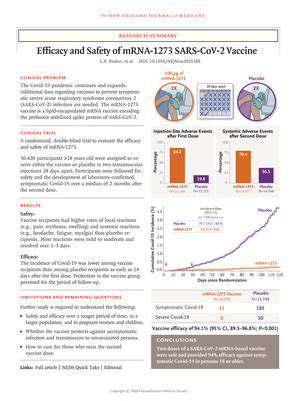
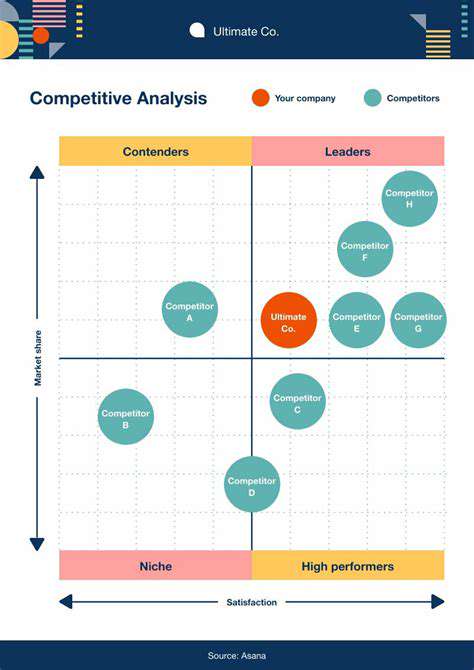
![Best Apps for Language Learning [2025]](/static/images/25/2025-05/Real-TimeCommunicationandCulturalImmersion.jpg)
![How to Automate Your Workflow with [Automation Tool]](/static/images/25/2025-05/OptimizingYourZapsforEfficiency.jpg)
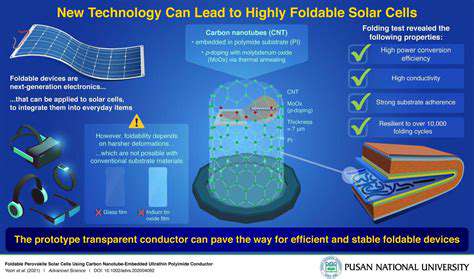
![How to Clean Up Your Computer with [Software Type]](/static/images/25/2025-05/OptimizingRegistryEntriesandDiskSpace.jpg)




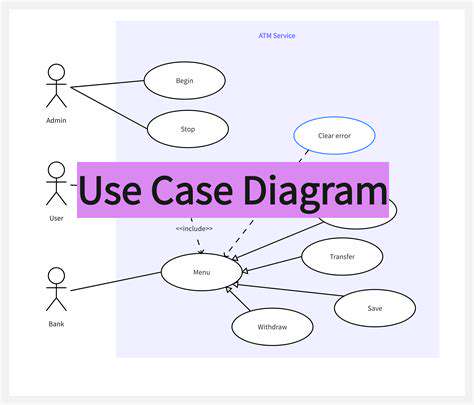

![Top Smart Lighting Kits for Gamers [Sync with Games]](/static/images/25/2025-07/BeyondtheLights3AEnhancingYourGamingSetup.jpg)